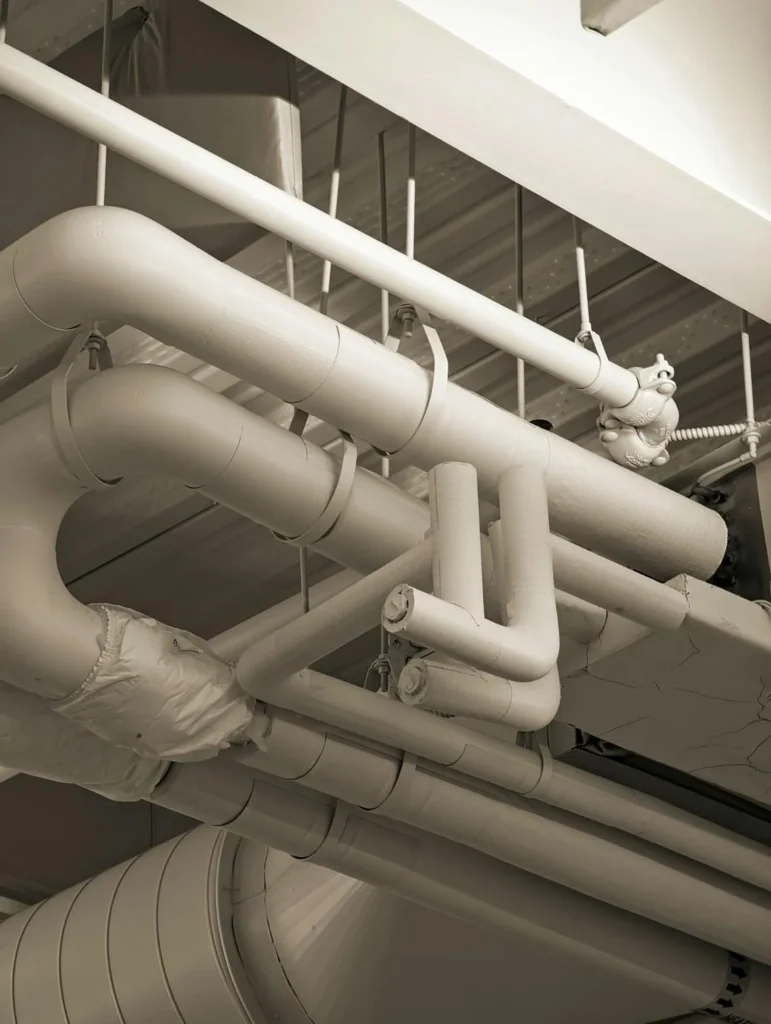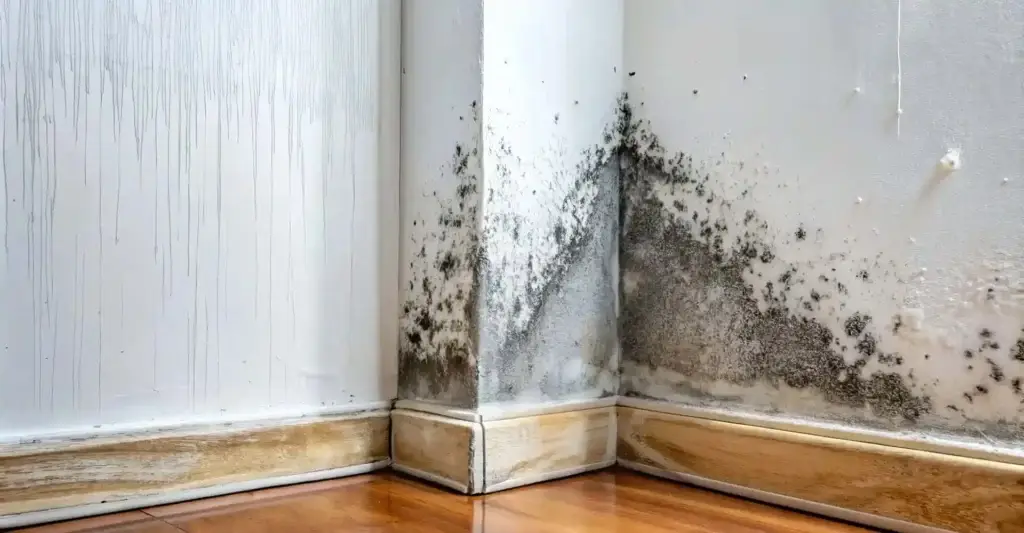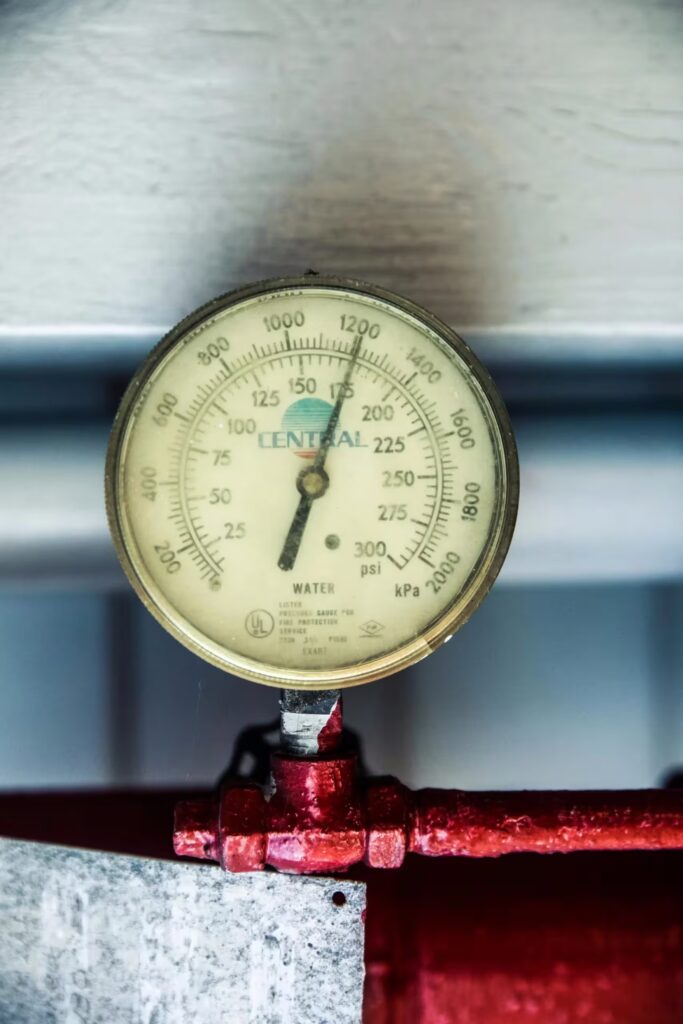Quick answer
Immediately after a commercial fire in the UK, businesses must prioritise safety and swift action to mitigate financial and operational impact. The two critical first steps are to contact emergency services to ensure the building is safe and hazards like electrical or structural issues are controlled, and then to notify your insurance provider immediately to begin the claims process, meticulously documenting all damage. Speed is crucial to prevent secondary damage from soot, smoke, or firefighting water and to minimise business downtime. Professional commercial fire damage restoration specialists are essential for comprehensive clean-up, tackling complex systems, and ensuring a fast, compliant recovery.
Effects of fire damage on UK businesses
Fire damage can be devastating for a business. The unavoidable downtime means lost revenue, operational shutdown and of course safety concerns for your commercial property. Knowing what steps to take immediately after a fire can make a huge difference and be the difference between a bit of disruption and months of closure. Any day you’re not able to operate means you’re taking a loss and for many businesses in the UK that’s not an option. In this article we will be outlining a clear 5 step approach that you can follow to minimise disruption and get your business back up and running as soon as possible.
Step 1: Contact emergency services
Safety first
The first step to take after a fire at your business is to contact the emergency services and get confirmation from them that your property is safe to enter. When it comes to property fires it’s important to understand that there are several hidden dangers. The thermal damage created by the fire and the harmful residue created by the soot and ash all create hazards long after the initial blaze is extinguished.
Here are some of the hidden dangers:
- Structural issues: Thermal damage from the fire can easily damage the structure of your property. Warping walls and weakening weight baring structures.
- Respiratory damage: The soot and ash left behind after a fire contain harmful chemicals and heavy metals that can cause respiratory issues.
- Electrical hazards: Wiring and electrical outlets can be damaged during a fire, creating the risk of electrocution and electrical fires.
Why fast response matters
Delays can worsen damage and increase downtime. Secondary damage caused by a fire can create even more complex problems, all of which will need to be addressed. By contacting the emergency services quickly, you can get confirmation sooner and find a fire damage restoration service provider to begin the process.
Fast response can prevent further damage and mitigate secondary damage like:
- Mould growth
- Corrosive damage
- Water damage
Step 2: Notify your insurance provider
Start your claim early
As soon as the emergency services confirm that your commercial property is safe to enter you should begin the insurance claim process. Make sure that you have all the information you’ll need before you begin the process so that you’re wasting any time. Here are some of the key pieces of information you’ll need:
- Business & policyholder information
- Business name
- Business address
- Contact details
- Policy number
- Incident details
- Date and time of the fire
- Cause of the fire
- Exact location of the fire
- Evidence of the damage
- Images of the damage
- Reports or assessments provided by experts
Step 3: Mitigate further damage
Consider getting professional help
Commercial fire damage restoration specialists can provide emergency stabilisation measures to prevent any further damages occurring. Stabilisation can help get your business back operational by:
- Prevents structural collapse: Supports weakened walls, ceilings, and floors to avoid further damage.
- Limits secondary damage: Reduces risks of mould, corrosion, and water damage caused by firefighting efforts.
- Improves site safety: Removes hazards like debris, sharp objects, and exposed wiring.
- Speeds up insurance claims: Provides clear documentation and expert assessments for quicker approval.
- Reduces business downtime: Stabilisation allows restoration work to begin sooner.
Step 4: Find your commercial fire damage restoration expert
Arrange a fire damage restoration assessment
To carry out a successful service it’s vital that the experts carrying out the work can fully assess the property and the fire damage. That’s why the fourth step you should take is to find a commercial fire damage restoration expert and schedule in a time and date for them to assess your property. Their assessment will inform their decisions and strategy when approaching the work.
Fire damage restoration for commercial property must be handled differently to domestic. Business equipment and machinery as well as the importance of minimising downtime make the process more complex and time sensitive. Getting the assessment completed quickly after the incident reduces the potential disruption to your business. It’s an investment that can get you back making money much faster.
Planning and scheduling the service
Contacting a fire damage restoration service provider early also means getting the restoration booked in all the faster. These types of services can be very complex and take time to complete.
Step 5: Begin the fire damage restoration process
What to expect
- Strip-out: Once the fire damage process begins, the first step is to remove all of the damaged items and debris. Items that can be repaired are salvaged and anything else is safely removed from the site and disposed of correctly.
- HEPA vacuuming and soot removal: Once all the fire damaged contents have been removed, the experts will carry out the next phase of the restoration. This involves the use of HEPA filter and vacuum technology. The filter captures even the smallest particles and prevents any soot or ash re-entering your property.
- Manual washdown: All contaminated surfaces are manually washed down with specialist cleaning chemicals to remove any remaining soot or ash.
- Odour removal: Once all the surfaces have been cleaned the restoration company should carry out smoke odour removal. This will return your commercial property as close to its pre0incident condition as possible and once again make it an environment you employees and customers can use.
- Final checks: Once all the stages are completed final checks will be carried out to ensure that everything has been completed.
Conclusion: A clear post-fire roadmap
If there is one clear takeaway that will help you save money and get your business back open again, it’s that every minute counts. Quick action will mitigate further damage, minimise damage, reduce loss and save you a lot of money.
If you’re in need of fire damage restoration and are looking to start the process off fast, contact us today and speak to one of our experts. We can walk you through everything and get you on the road to recovery, in some cases we can even start the process the same day you reach out. Fire damage restoration is an investment and one that will save you money and minimise business downtime.
What to do after a UK commercial property fire: Frequently asked questions
What are the very first steps a UK business should take immediately after a fire?
The very first steps a UK business should take immediately after a fire are to ensure everyone’s safety by contacting emergency services (fire brigade, police) and waiting for their clearance before re-entry. Simultaneously, notify your insurance provider as soon as safely possible to initiate the claims process, gather initial details, and understand necessary documentation. Speed is paramount to prevent further damage and minimise business disruption.
Why is it crucial for businesses to act quickly after a commercial fire?
It is crucial for businesses to act quickly after a commercial fire to minimise business downtime and financial losses. Rapid response helps prevent secondary damage, such as corrosive effects of soot and smoke, and mould growth from firefighting water. Swift action ensures the property is secured, hazards are controlled, and the restoration process can begin promptly to get operations back on track.
What types of hidden hazards should businesses be aware of after a fire?
After a fire, businesses should be aware of various hidden hazards beyond visible charring. These include structural instability (weakened walls, ceilings), electrical hazards (damaged wiring, potential for electrocution or re-ignition), water damage (from extinguishing efforts, leading to mould and further decay), and health risks from toxic soot and ash particles. Professional assessment is essential to identify and mitigate these dangers.
How should a UK business manage its insurance claim after a fire?
To manage a commercial fire insurance claim effectively in the UK, businesses should notify their insurer immediately and provide accurate details of the incident. It’s vital to document all damage extensively with photos and videos before any clean-up. Keep a detailed record of all communications, expenses, and potential losses. Working closely with your insurer or a qualified loss assessor is key for a fair and efficient settlement.
How does commercial fire damage restoration differ from domestic restoration?
Commercial fire damage restoration differs from domestic restoration primarily in its scale, complexity, and focus on business continuity. Commercial projects often involve larger premises, intricate systems (HVAC, IT infrastructure), sensitive data, and the urgent need to minimise operational downtime. The process is typically more complex, requiring specialised equipment, a multi-stage approach, and adherence to specific commercial regulations and compliance standards.
What does the professional clean-up process for commercial fire damage involve?
The professional clean-up process for commercial fire damage is comprehensive. It typically involves strip-out of unsalvageable items, HEPA vacuuming to remove fine soot and ash particles, manual washdown of contaminated surfaces with specialist solutions, and advanced odour removal techniques (e.g., ozone treatments). This meticulous process aims to decontaminate, sanitise, and prepare the property for reconstruction.
What qualifications should I look for in a commercial fire damage restoration company in the UK?
When selecting a commercial fire damage restoration company in the UK, look for BDMA (British Damage Management Association) certification, which signifies adherence to industry best practices. Ensure they have proven experience with commercial properties and complex fire damage. Opt for companies offering an all-in-one service (from assessment to restoration) and check for trusted reviews and testimonials to gauge their reliability and quality of work.

Kayleigh Owen - Technical Account Manager
With years of dedicated experience in the disaster recovery industry, Kayleigh Owen brings a precise and insightful approach to every project. Holding a BSc Hons Degree, Kayleigh specialises in construction and major loss, expertly navigating the complexities of large-scale fire and flood events. Having spent her entire industry career at Ideal Response, she has honed a deep understanding of what it takes to restore properties and lives with efficiency and empathy. Kayleigh believes that meticulous planning and clear communication are the cornerstones of transforming disaster into recovery, ensuring every client receives not just a solution, but true peace of mind.





















